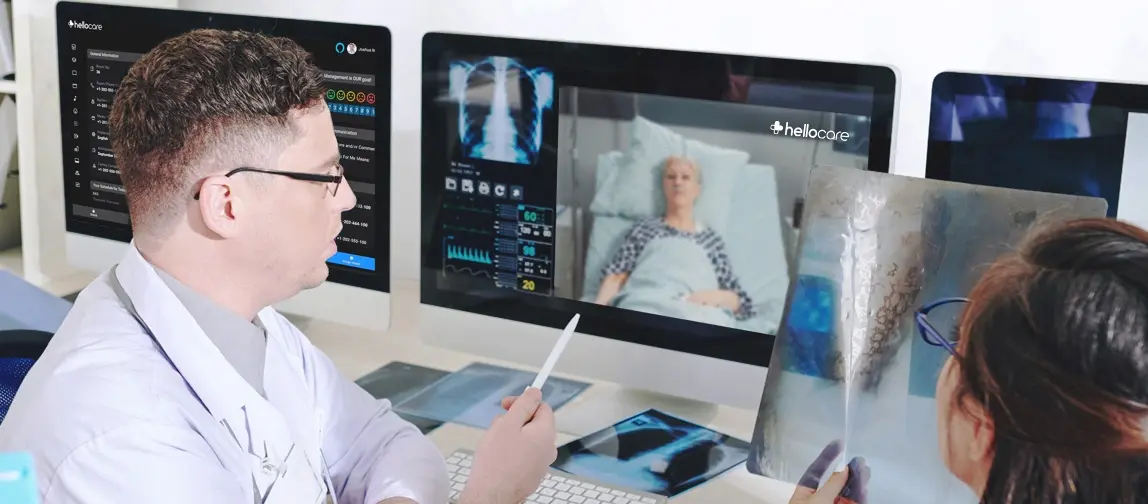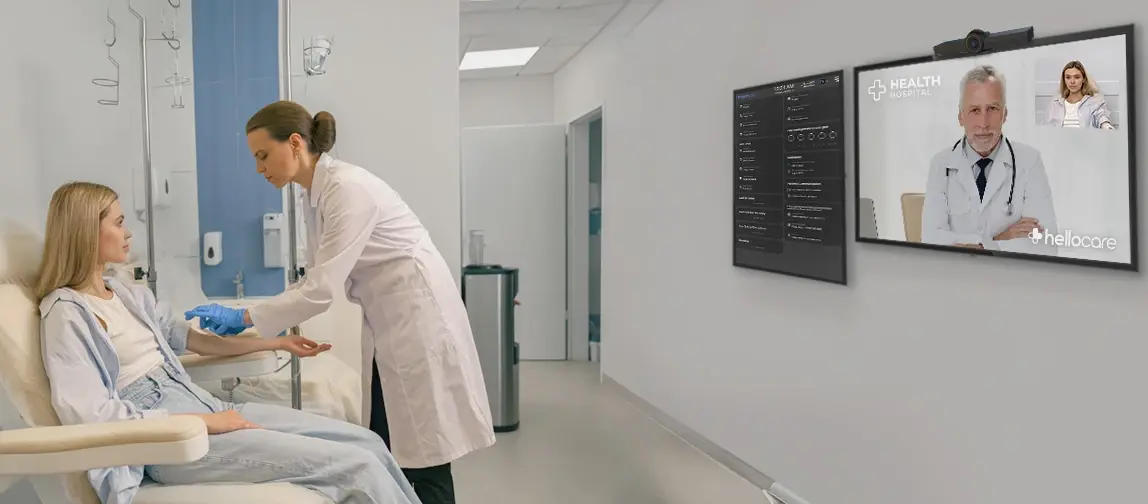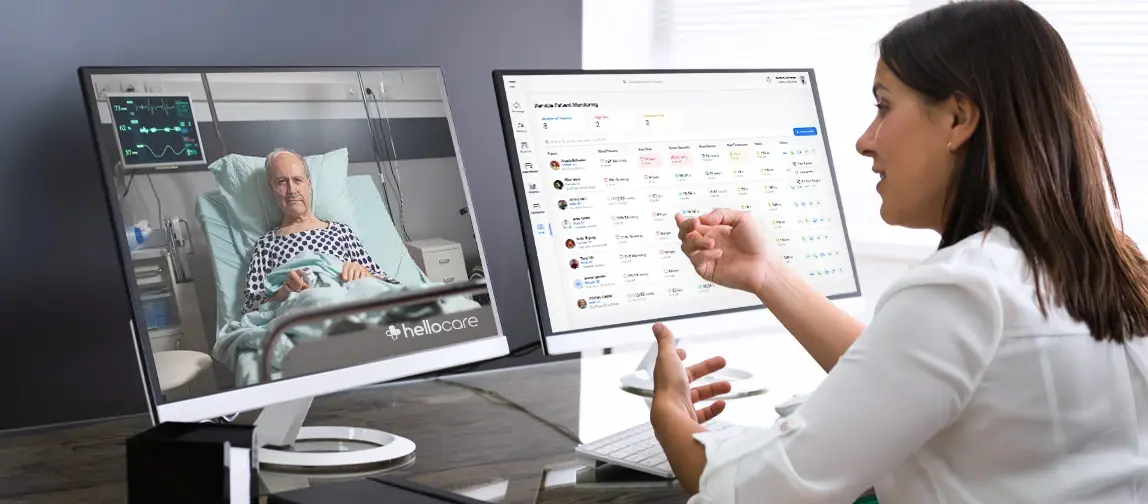Redefining Healthcare
Welcome to the Future: Technology and the Patient Experience
April 23, 2024 3:15:29 PM
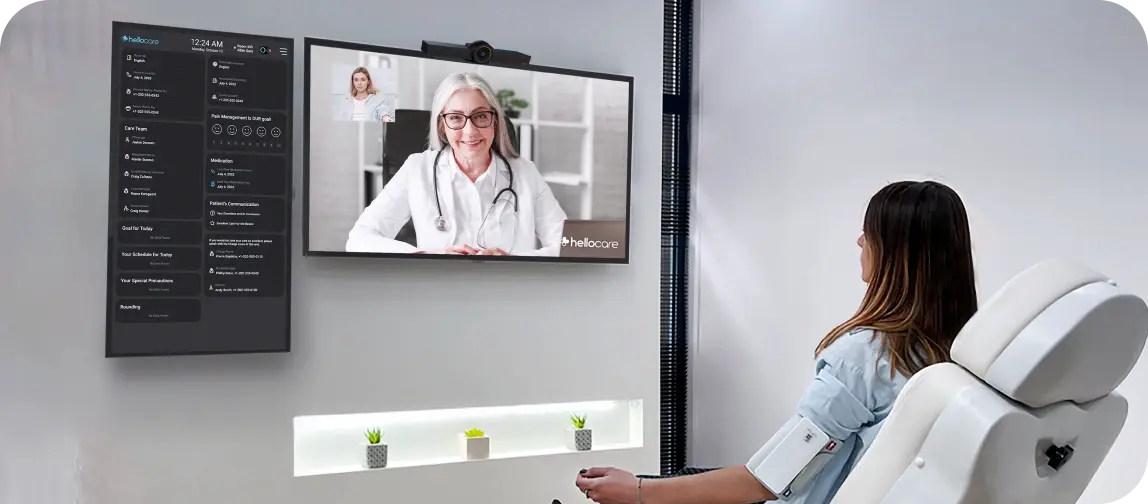
Patient experience matters: It impacts satisfaction, engagement, and
even health outcomes. Virtual patient experience is here: Combines
telemedicine, remote monitoring, and digital tools for personalized
care. Benefits for you and patients: Improved accessibility,
education, and convenience for both parties. Examples: Telemedicine
consultations, remote monitoring of chronic conditions, VR simulations
for patient education.
In healthcare, patient experience plays a vital role in shaping the overall quality of care provided. It goes beyond medical treatments and encompasses the holistic satisfaction of individuals throughout their healthcare journey. A positive patient experience fosters trust, enhances patient engagement, and ultimately improves health outcomes.
Now, imagine a concept that revolutionizes patient experience – virtual patient experience. This innovative approach leverages technology to bridge physical and digital realms, creating a dynamic and personalized healthcare encounter. By seamlessly integrating virtual components, such as telemedicine, remote monitoring, and digital health platforms, virtual patient experience holds immense potential.
Empathy: Demonstrating empathy by understanding and addressing patients’ emotions, concerns, and needs can greatly impact patient experience. Empathetic healthcare providers foster trust and form strong therapeutic relationships, enhancing the overall quality of care.
Responsiveness: Timely and responsive care is crucial for a positive patient experience. Promptly addressing patients’ requests, concerns, and needs not only improves satisfaction but also ensures appropriate and timely interventions.
Coordination of Care: Coordinated care involves seamless collaboration between different healthcare providers, services, and settings to ensure the continuity and smooth flow of care. Coordinated care minimizes unnecessary delays, reduces confusion, and enhances the overall patient experience.
Furthermore, positive patient experiences contribute to enhanced patient safety. Effective communication and shared decision-making help prevent medical errors, reduce adverse events, and improve overall patient safety. Patients who actively participate in their care feel empowered and informed, reducing the likelihood of medical mistakes.
By prioritizing patient experience, healthcare organizations can ensure patient-centered care delivery. This approach focuses on tailoring care to individual patients’ needs, values, and preferences, resulting in improved overall outcomes, reduced hospital readmission rates, and increased patient loyalty.
In healthcare, patient experience plays a vital role in shaping the overall quality of care provided. It goes beyond medical treatments and encompasses the holistic satisfaction of individuals throughout their healthcare journey. A positive patient experience fosters trust, enhances patient engagement, and ultimately improves health outcomes.
Now, imagine a concept that revolutionizes patient experience – virtual patient experience. This innovative approach leverages technology to bridge physical and digital realms, creating a dynamic and personalized healthcare encounter. By seamlessly integrating virtual components, such as telemedicine, remote monitoring, and digital health platforms, virtual patient experience holds immense potential.
Understanding Patient Experience
Patient experience refers to the sum of patients' interactions with
the healthcare system, including interactions with healthcare
providers, facilities, and administrative staff. It encompasses a
variety of factors, such as communication, empathy, responsiveness,
and coordination of care. These key components play a crucial role in
shaping the overall quality of care received by patients.
Defining patient experience and its key components:
Communication: Effective communication between healthcare
providers and patients is essential for creating a positive patient
experience. Clear and concise information, active listening, and
shared decision-making empower patients to actively participate in
their care.
Empathy: Demonstrating empathy by understanding and addressing patients’ emotions, concerns, and needs can greatly impact patient experience. Empathetic healthcare providers foster trust and form strong therapeutic relationships, enhancing the overall quality of care.
Responsiveness: Timely and responsive care is crucial for a positive patient experience. Promptly addressing patients’ requests, concerns, and needs not only improves satisfaction but also ensures appropriate and timely interventions.
Coordination of Care: Coordinated care involves seamless collaboration between different healthcare providers, services, and settings to ensure the continuity and smooth flow of care. Coordinated care minimizes unnecessary delays, reduces confusion, and enhances the overall patient experience.
The impact of positive patient experiences on healthcare outcomes:
Positive patient experiences have a profound impact on healthcare
outcomes. Research indicates that patients who have positive
experiences tend to be more engaged in their care, leading to better
adherence to treatment plans and improved health outcomes. Moreover,
patients who feel valued, heard, and supported by their healthcare
providers are more likely to have greater trust and satisfaction in
the healthcare system.
Furthermore, positive patient experiences contribute to enhanced patient safety. Effective communication and shared decision-making help prevent medical errors, reduce adverse events, and improve overall patient safety. Patients who actively participate in their care feel empowered and informed, reducing the likelihood of medical mistakes.
By prioritizing patient experience, healthcare organizations can ensure patient-centered care delivery. This approach focuses on tailoring care to individual patients’ needs, values, and preferences, resulting in improved overall outcomes, reduced hospital readmission rates, and increased patient loyalty.
The Benefits of Virtual Patient Experience
Virtual patient experience offers numerous benefits for both
healthcare providers and patients. By utilizing innovative
technologies, healthcare professionals can deliver a more personalized
and convenient approach to patient care. Virtual patient experience
allows individuals to access healthcare services from the comfort of
their own homes, saving them time and reducing the need for in-person
appointments. Through telemedicine and virtual consultations, patients
can receive medical advice, diagnoses, and even prescriptions, all
without leaving their homes.
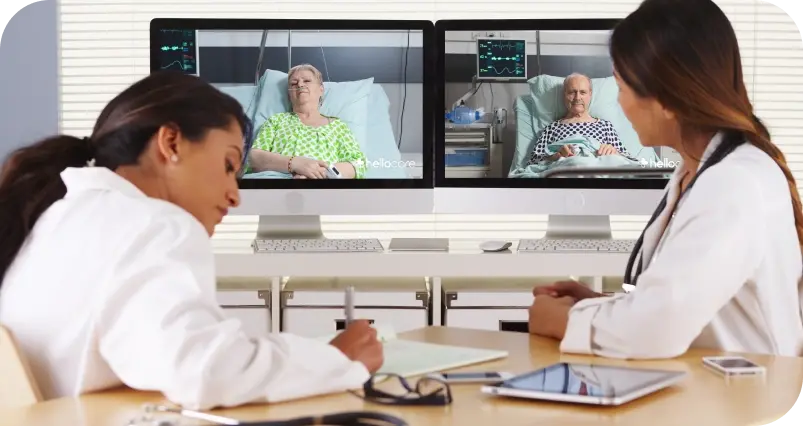
Exploring the potential advantages of virtual solutions in
healthcare
Virtual patient experiences have emerged as a groundbreaking solution
in today's fast-paced healthcare industry. These digital platforms
offer immense potential in revolutionizing the way patients receive
medical care. One key takeaway is the ability to leverage technology
to deliver personalized healthcare solutions tailored to individual
needs. By utilizing virtual patient experiences, healthcare providers
can better understand patients' unique circumstances and provide
targeted treatment plans. Through virtual patient experiences,
patients become partners in their own healthcare, leading to improved
overall outcomes and increased patient satisfaction.
Improving accessibility and overcoming geographical barriers
Virtual patient experiences have the power to bridge the gap between
patients and healthcare professionals, regardless of geographical
location. This is a game-changer for those living in remote areas or
faced with limited access to healthcare infrastructure. With virtual
solutions, patients can access specialist consultations, receive
second opinions, and access a wide range of healthcare services from
the comfort of their own homes. By eliminating the need for physical
travel, virtual patient experiences greatly enhance accessibility and
ensure that patients receive the care they need, when they need it.
Enhancing patient education and empowerment through digital tools
One of the most significant benefits of virtual patient experiences is
the ability to empower patients through education. Digital tools, such
as virtual reality simulations and interactive educational platforms,
allow patients to have a better understanding of their medical
conditions, treatments, and procedures. This newfound knowledge
empowers patients to actively participate in their own healthcare
journey, make informed decisions, and actively engage with healthcare
providers. Through virtual patient experiences, patients become
partners in their own healthcare, leading to improved overall outcomes
and increased patient satisfaction.
Key points
- This innovative approach leverages technology to bridge physical and digital realms, creating a dynamic and personalized healthcare encounter.
- Effective communication and shared decision-making help prevent medical errors, reduce adverse events, and improve overall patient safety.
- Research indicates that patients who have positive experiences tend to be more engaged in their care, leading to better adherence to treatment plans and improved health outcomes.
- Virtual patient experience is here: Combines telemedicine, remote monitoring, and digital tools for personalized care.
80%
reduction in RN end of shift overtime
reduction in RN end of shift overtime
35%
reduction in nursing turnover based on support from virtual nurse
reduction in nursing turnover based on support from virtual nurse
350%
increase in bedside RN time spent administering medications
increase in bedside RN time spent administering medications
350%
increase in bedside RN time spent administering medications
increase in bedside RN time spent administering medications
Share Article
Care to know more?
Request a demo to be informed about the latest virtual nursing news and telehealth...
Related posts
